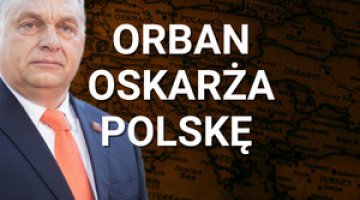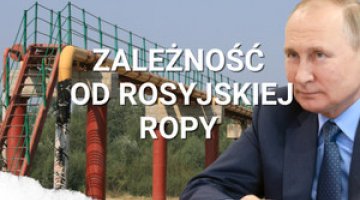Francis’s pilgrimage to Hungary: problematic visions of peace
Pope Francis paid an official visit to Budapest on 28–30 April, the first papal pilgrimage to Hungary since John Paul II’s visit in 1996. Although the current pope had already been to the country’s capital on 7 September 2021, that visit was only a stop on his way to Slovakia; at that time he celebrated Mass at the end of the Eucharistic Congress and met the prime minister and president. This time Francis stayed longer, speaking with President Katalin Novák and Prime Minister Viktor Orbán, as well as representatives of the episcopate and clergy, including Hilarion, the Russian Orthodox Metropolitan of Budapest (who was once a close associate of Kirill, Patriarch of Moscow). The visit also included services and public meetings, providing an opportunity for Francis to appeal to Hungarians regarding peace in Ukraine, and to warn them against gender theory, consumerism and addiction to virtual social networks. His call for immigrants to be received in good faith also resonated strongly.
Commentary
- The visit by the head of the Catholic Church was politically important for Orbán, given the convergence in the Vatican’s and Hungary’s positions on Russia’s aggression against Ukraine, as well as on identity issues. The Vatican was the first place to which the Hungarian prime minister paid a foreign visit after winning re-election in 2022; that visit was intended to underline the stature of Budapest’s relationship with the Holy See, and to win Orbán support in a situation where Hungary’s stance on the war had isolated it in Europe. Orbán used the Pope’s visit to Hungary to establish an image for himself as an advocate of peace and defender of Christian values, including in international contexts. He stressed that Hungary and the Vatican are the only two European countries that could be described as ‘pro-peace’. He argued for the fundamental importance of Christianity for his country, and highlighted the two states’ similar understanding of values, including with regard to the traditional family model.
- The pro-government media in Hungary covered the visit selectively, and ignored those areas where the positions of the Pope and the Hungarian government remain markedly different, including Francis’s unequivocal disapproval of Orbán’s anti-immigration policies (for Francis’s pontificate, the refugee problem is a key issue). Both leaders have made much of their shared ideals of peace and Christianity, but they do not understand these concepts in the same way. Orbán’s understanding of Christianity emphasises issues of national identity and attachment to tradition, while Francis teaches inclusiveness, multiculturalism and dialogue. On the war, the head of the Hungarian government has criticised Western military support for Kyiv and called for an immediate ceasefire, while the Pope – despite the ‘symmetrism’ that has appeared in his speeches, especially at the beginning of the conflict – recognises the concept of the so-called ‘just war,’ according to which Ukraine has the right to defend itself, and considers supplying it with arms to be “morally acceptable”.
- Although Hungary’s prime minister formerly declared himself an agnostic and is now a member of the Hungarian Reformed Church, the Roman Catholic electorate constitutes a significant base for his party. Even though Hungary is more secular than Poland (but less than the Czech Republic), Catholics are nevertheless among the country’s largest group of believers (37% of the population). This is of particular importance in the context of the policies neighbouring countries (Romania, Serbia, Slovakia and Ukraine) have adopted toward their Hungarian minorities. For this group of about two million people, faith is often an important binding agent and a constitutive element of their ethnic identity, from which Fidesz has often been able to make political capital (especially after the introduction of dual citizenship, and consequently their right to vote in Hungarian elections).
- A day before flying to Budapest, Pope Francis received Ukrainian prime minister Denys Shmyhal at the Vatican; he was in Rome attending a conference on Ukrainian reconstruction. This gesture can be seen as an attempt to give the impression that the Holy See is open to dialogue with supporters of different options for ending the war. Nonetheless, Ukraine has been critical of the Pope’s talks with Orbán and Hilarion on the subject. There is also scepticism about the Vatican’s as yet unspecified peace mission to end the Russian-Ukrainian armed conflict, which Francis has mentioned. Mykhailo Podolak, the advisor to the head of the Office of the President of Ukraine, said such initiatives cannot be undertaken without Kyiv’s participation, and Prime Minister Shmyhal appealed to the pope during the audience to join Ukraine’s ‘peace formula,’ which requires Russia to withdraw its troops and halt all military action.
- The Pope’s efforts at mediation have been criticised by Kyiv for relativising Moscow’s role as the aggressor since the start of the invasion. The controversy included the joint prayers held by Ukrainian and Russian citizens at the Vatican-organised Stations of the Cross in 2022 and 2023. The Pope’s unwillingness to visit Kyiv was also received with disappointment: despite repeated invitations (including from Prime Minister Shmyhal on 27 April), Francis has consistently indicated that he would only go to Ukraine if it was possible to visit Russia as well.





